The growing evolution of electric cars has piqued the interest of consumers and experts alike. The Dongfeng Nammi, in particular, has been the subject of discussions and analyses aimed at highlighting its technical and economic proposals. The following article presents a detailed and impartial view of the aspects that define the performance and design of these models, comparing them with other options in the segment.
This content aims to inform directly about relevant characteristics such as dimensions, engine configurations, versions, and fuel consumption of the vehicles. The approach taken seeks to display technical and comparative data without resorting to exaggerations or commercial appeals, maintaining a focus on clarity and objectivity in the facts presented.
Technical Evaluation of the Performance of the Dongfeng Nammi and Rivals
The performance of electric cars has been widely analyzed by specialists, and the Dongfeng Nammi stands out with its 70 kW (95 hp) motor, which offers a theoretical range that varies based on the battery configuration. Measurements, based on standardized cycles, indicate a range of 330 km to 420 km, demonstrating consistent performance even when compared to competing models.
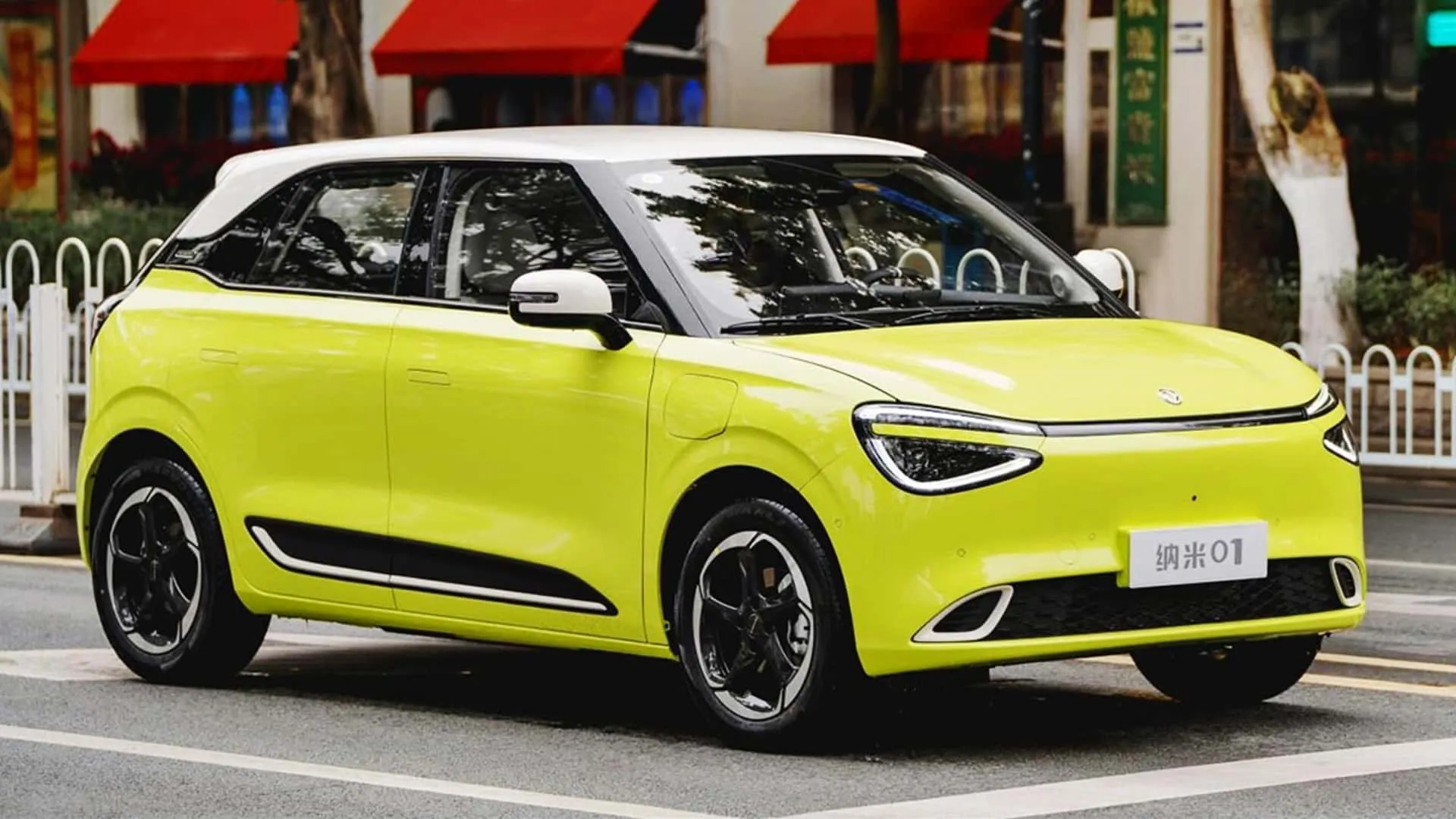
Another relevant technical aspect is the efficiency of the motor and the appropriateness of measurements in different cycles. This technical analysis shows that the Dongfeng Nammi has a mechanical setup designed to meet urban and suburban demands, with features that allow for adequate consumption and stable accelerator response. The collected data reinforces the importance of observing real performance through practical tests that complement theoretical information.
Details of the Design and Finish of Electric Cars
In terms of design, the Dongfeng Nammi features clean lines and a structure that prioritizes aerodynamics. Elements such as flush door handles and frameless windows offer a modern visual proposal without losing focus on functionality. These details contribute to a pleasant interior environment, even though the trunk is sized more compactly.
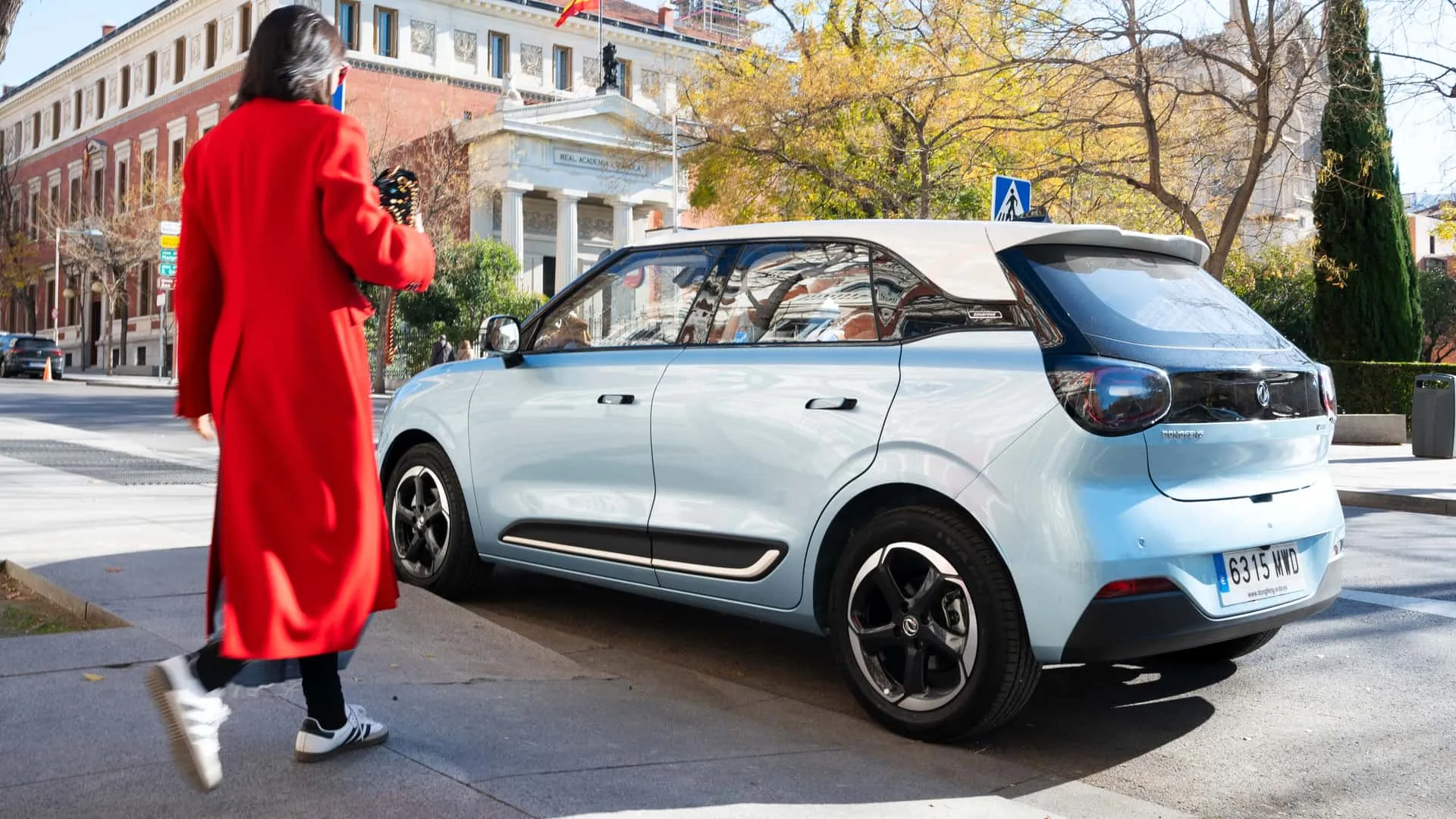
The interior finish, which includes leather-like materials in certain versions, shows special attention to detail and ergonomics. The choice of materials and the layout of internal controls reflect a concern for providing a user experience that combines comfort and practicality, without resorting to excess or unnecessary features. This technical and objective approach facilitates the understanding of the advantages and limitations of the model.
Technological Innovations Applied to Compact Models
The technological advancements applied to electric cars are notable and involve advanced driver assistance systems. In the case of the Dongfeng Nammi, the high-end versions come equipped with features such as adaptive cruise control and lane-keeping assist, aimed at enhancing safety and comfort during driving. These systems demonstrate a commitment to integrating technology with usability.

The incorporation of innovations is not limited to the assistance suite but also extends to energy consumption management and optimization of engine performance. Technical studies indicate a balance between the power offered and energy efficiency, ensuring that the model remains competitive in a segment where energy savings are valued as much as performance. This synergy between technology and efficiency represents an important step in the evolution of compact models.
Technical Comparison Between Dongfeng Nammi and Other Rivals
The comparative analysis between the Dongfeng Nammi and other vehicles in the segment highlights significant differences in technical aspects and finishing. For example, while the Dongfeng Nammi features a 70 kW motor, other rivals have engines with varying powers, such as 60 kW, which influence both performance and vehicle range. This contrast reinforces the need to evaluate each model based on concrete data and standardized measurements.
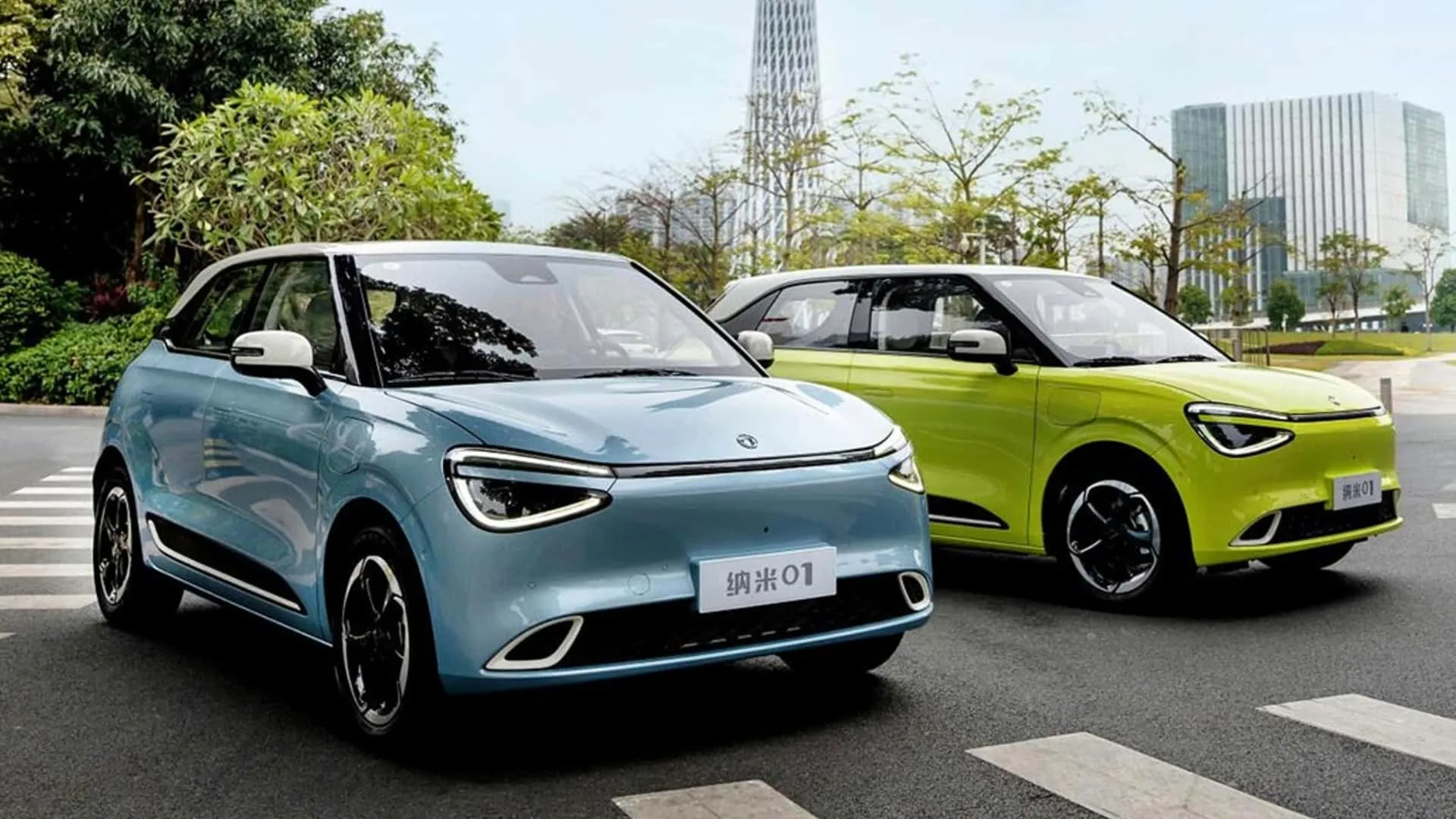
In addition to the numbers, the comparison also encompasses factors such as the quality of materials used in the interior and the range of equipment available in each version. Competing models show variations from bolder designs to more basic finishes. The impartial technical analysis allows consumers to assess the cost-benefit of each option, considering both the aesthetic proposal and the functionalities offered.
Impact on the Market and Consumption of Modern Cars
The introduction of models like the Dongfeng Nammi and its rivals has triggered changes in the electric car market. The diversification of options and the offering of modern technologies are likely to influence how the sector evolves, especially in terms of infrastructure for recharging and maintaining vehicles. This expansion of models creates a scenario where consumers have more alternatives that suit different usage profiles.
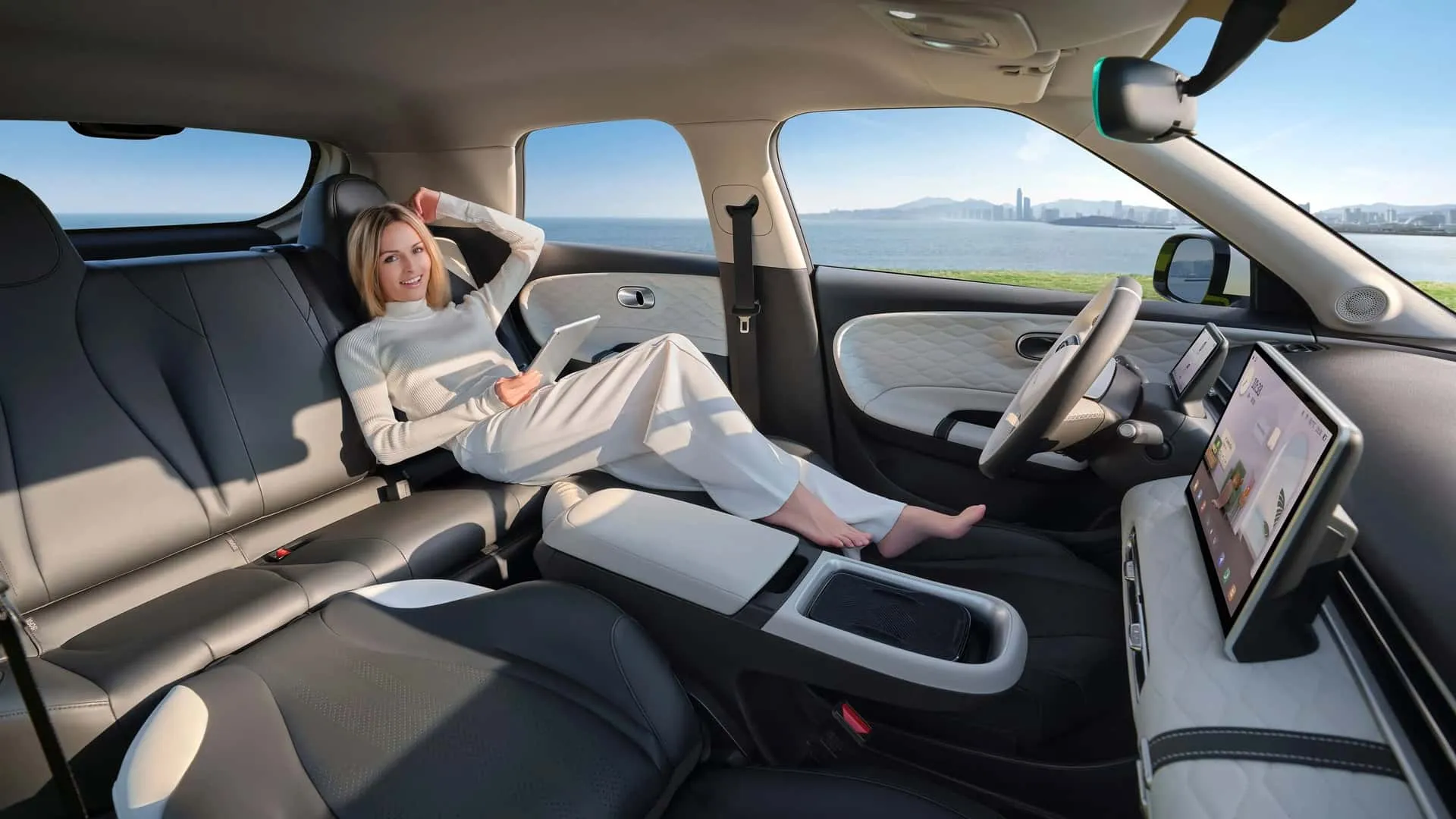
Consumption and energy efficiency remain decisive factors in choosing the ideal model. Data regarding range and engine power reinforce the importance of adopting a technical approach grounded in precise measurements. This analysis, which avoids superlatives, allows information to be communicated clearly, enabling a conscious evaluation of the characteristics of modern cars. In this way, the market adapts to a new reality where technology and energy efficiency are defining priorities.
Dongfeng Nammi Photo Gallery


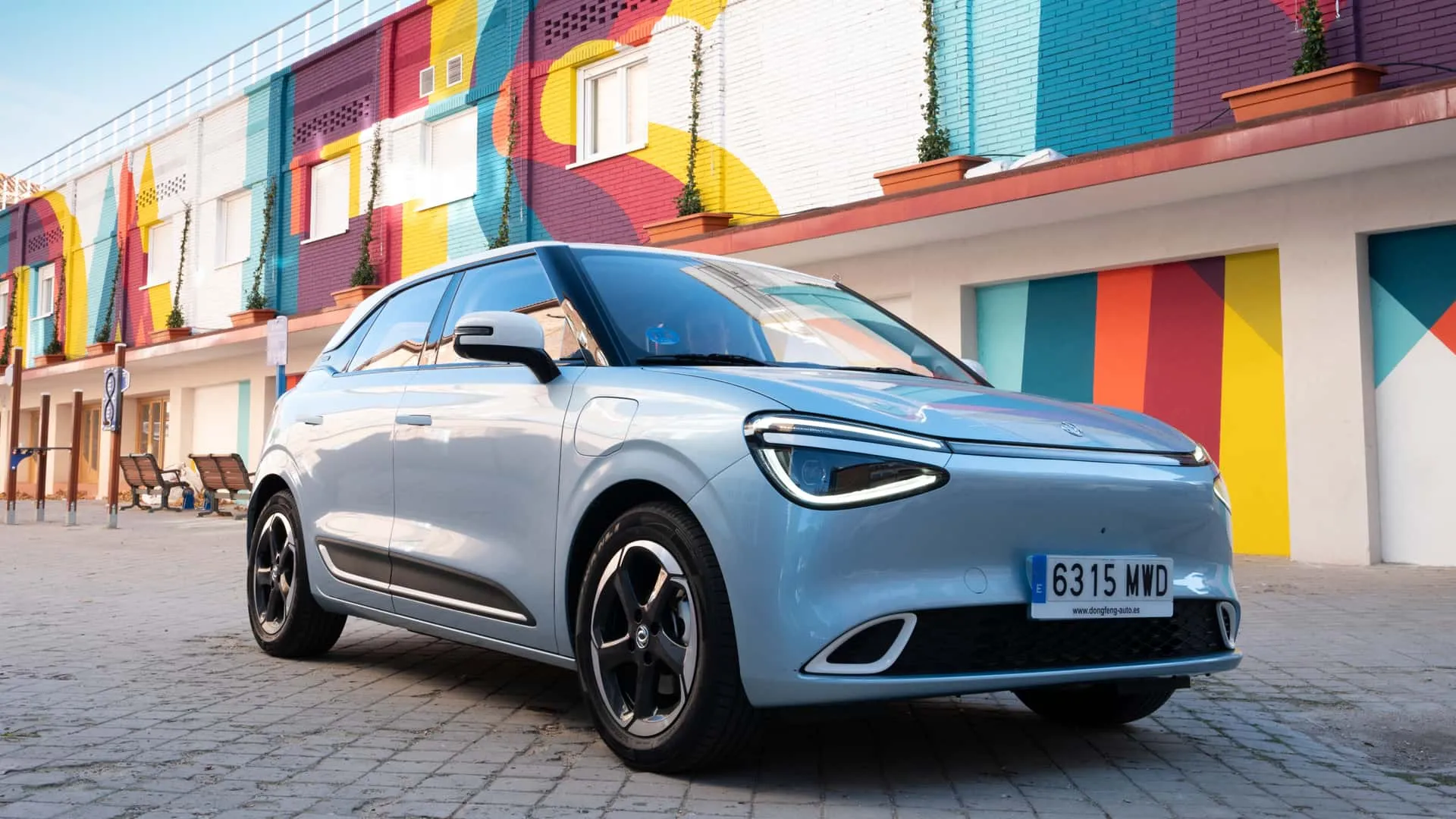
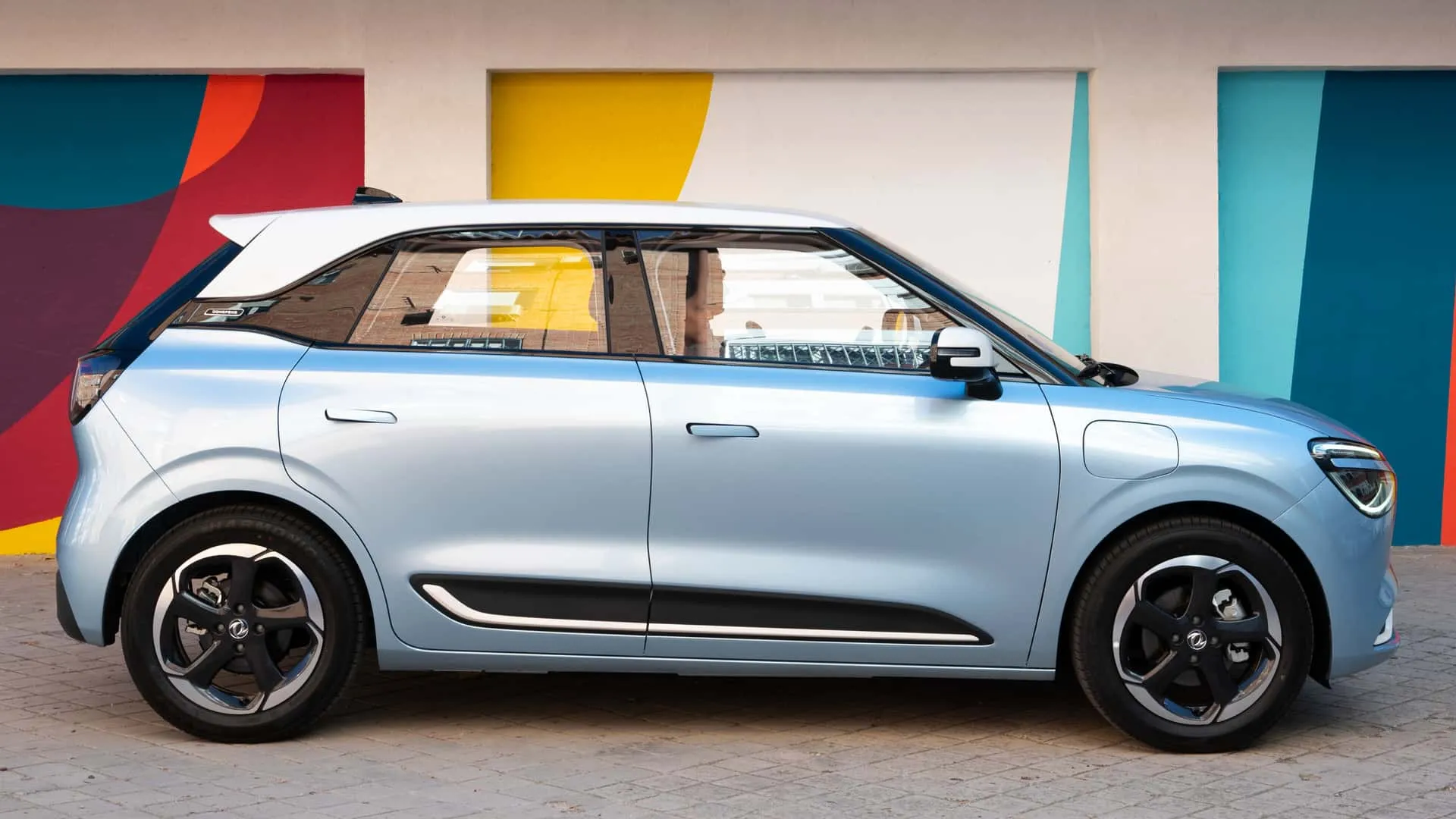


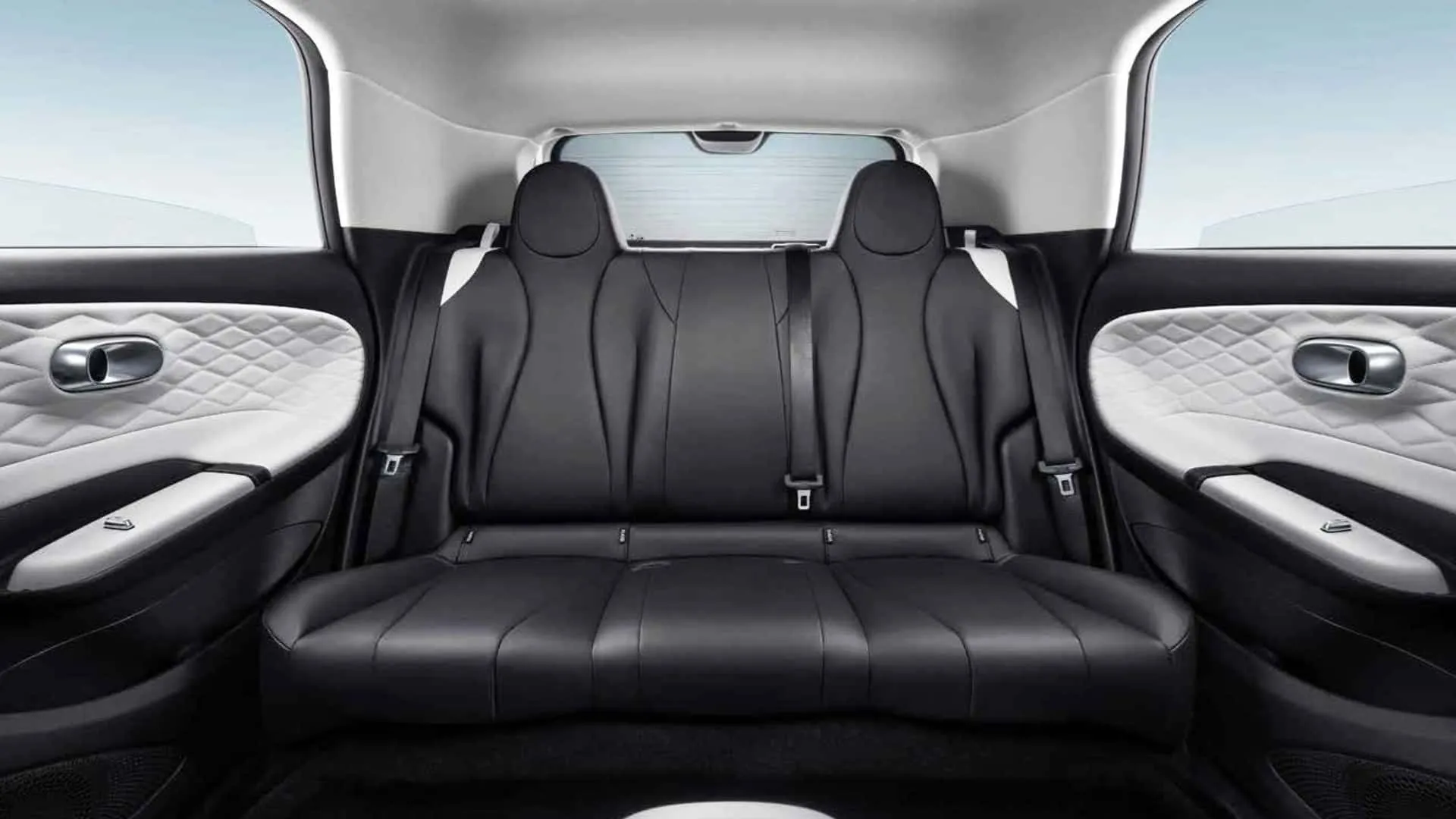
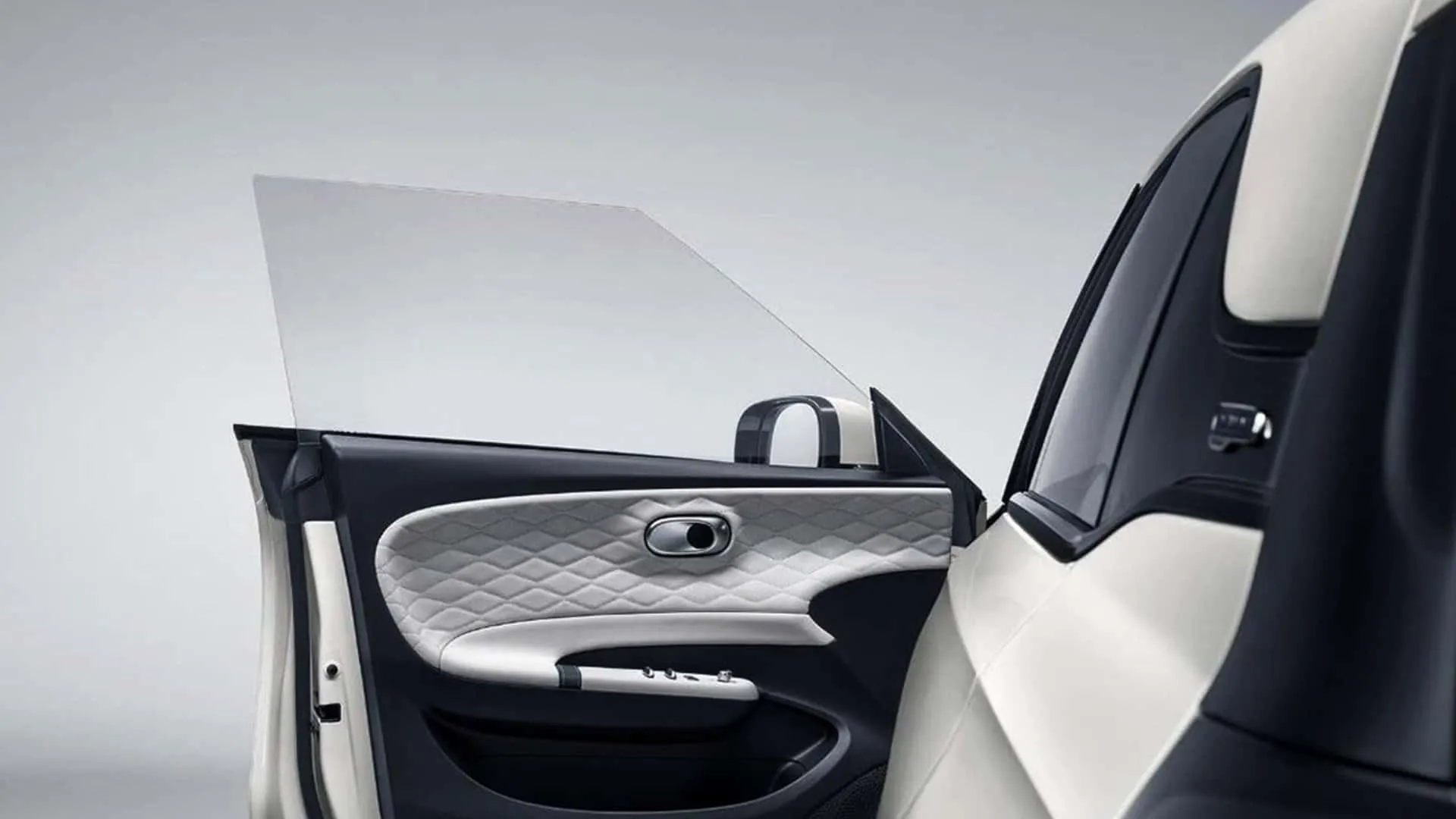

Author: Fabio Isidoro
Founder and editor-in-chief of Canal Carro, he dedicates himself to exploring the automotive universe with depth and passion. A car and technology enthusiast, he produces technical content and in-depth analyses of national and international vehicles, combining quality information with a critical eye for the public.
